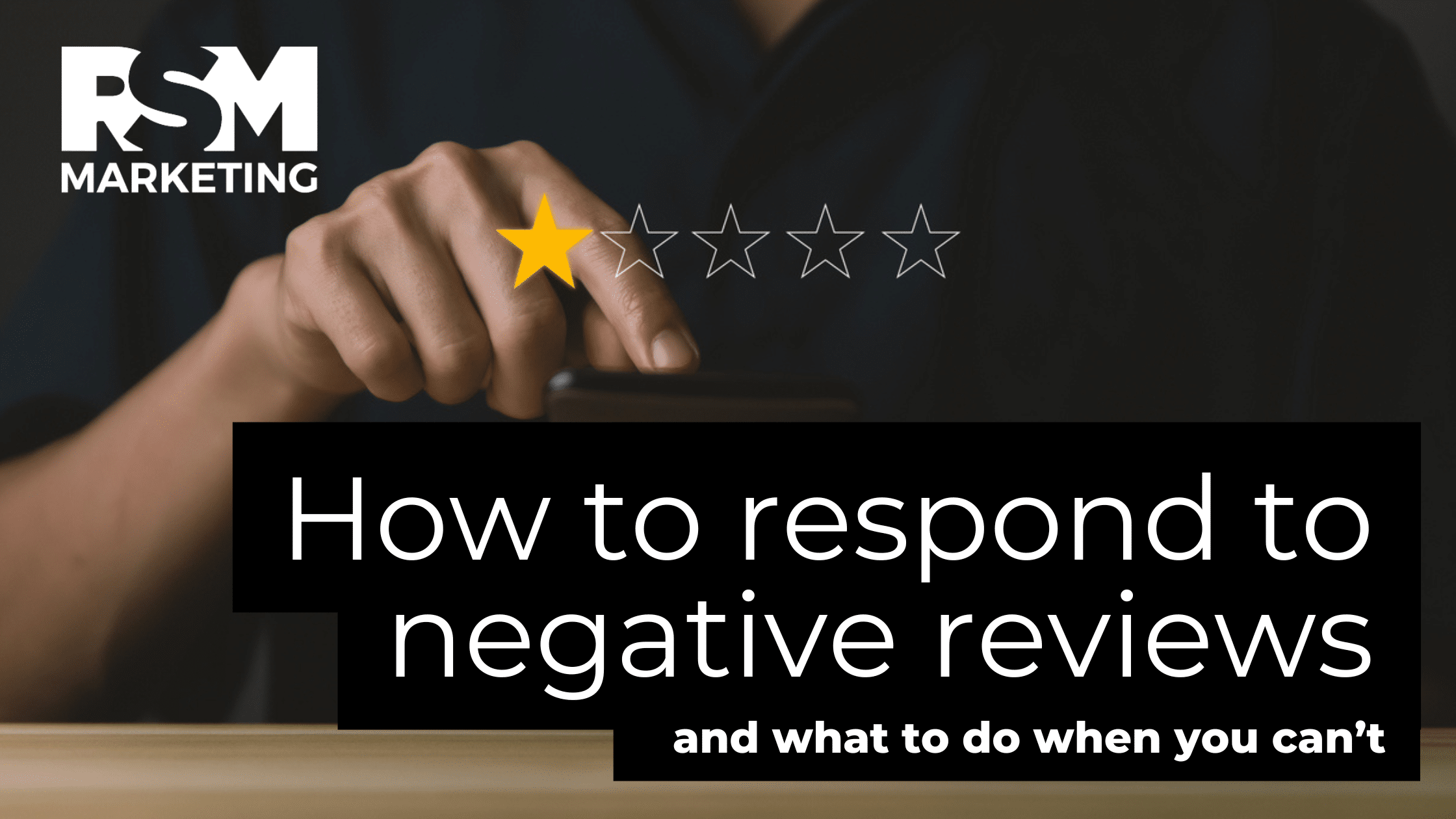Your value proposition is one of the most important elements of your business. It’s your strongest selling point, the main reason why someone should buy your product or service.
Getting your value proposition right should be a key part of your marketing strategy, but there are so many businesses that get it wrong. For a new business, in particular, getting your value proposition right is a must.
To determine your value proposition, you need to:
- Establish the benefits of your product or service
- Communicate the value of these benefits
- Pinpoint a problem a consumer could be facing
- Relate the problem to the value provided by your product or service
- Communicate why you should be the chosen provider of this product or service
Value Propositions 101
To get the most from your value proposition, you need to understand what they are, how they work, and why they are important for your business. As an important consideration when launching a business, a new product or even rebranding your existing business, being able to determine your value proposition can help ensure business success.
What is a value proposition?
Let’s take a look at a value proposition in more detail. In simple terms, a value proposition is a clear, simple message that conveys how your business can solve a problem, and what people can expect from your business.
Like your website or your logo, your value proposition is one of the first things people will experience when they engage with your brand. We all know that people have short attention spans, especially when browsing online, which means your opening pitch needs to be clear and simple while resonating with the customer.
Now, many say that it’s more affordable to retain a customer than attract a new one (and it is), but doesn’t it make sense to try and attract as many customers as possible? If you can use your value proposition to hook them in, you can then use other marketing methods and tools to maintain customer loyalty and improve your customer’s lifetime value.
What is the purpose of a value proposition?
To find the best way of determining your value proposition, you need to understand its purpose and how it can benefit your business. A value proposition communicates three key things to a customer:
Relevance
Customers need to know what your product can offer them. How do you solve a problem or how can you improve something in their lives? By identifying the thing that makes your product or service relevant, you’ll be able to get your customers’ attention and pique their interest in your business.
Value
Now it’s time to talk about the benefits of your product or service. By explaining what makes your offering valuable, you can show your customers how they can benefit.
Distinction
Why should customers buy from you? That’s the next question that you need to answer. What makes your business distinctive? Identify the thing that makes your business stand out from your competition.
Creating a relevant, relatable value proposition
To help you determine your value proposition, you need to create something that is relevant and relatable. Essentially, your customers need to be able to understand what you’re saying. If you throw in a load of big buzz words, you’ll have lost your customer instantly.
Why language is important
Think of the easiest way you can explain your offering, as if you were explaining to a friend or a family member. Keep it short and simple, it will have much more of an impact than something long-winded that loses the key point.
Make sure you use your customers’ language. It should be conversational and use words that they know and use. This is where research can come in handy. By analyzing the behaviors and attitudes of your intended customers, you can start to understand them better and tailor your communications to meet their specific needs.
Some great ways to understand the language your customers use is to either talk to them face to face or use social media. You can learn a lot about your customers through Twitter, Facebook, and Instagram and how they speak, but also the way they respond to other businesses.
The difference between a value proposition and a slogan
It’s easy to confuse a value proposition with a slogan or a catchphrase. While they can derive from your value proposition, your slogan is not the same thing. If you think about the world’s most popular slogans, then you can see that it doesn’t really tell you much about the brand, what they’re offering and what makes them different from other brands.
If you take a look at Uber, however, you can see that their positioning statement is strong and to the point:
Tap the app, get a ride
Uber is the smartest way to get around. One tap and a car comes directly to you. Your driver knows exactly where to go. And payment is completely cashless.
Not only does Uber have a value proposition aimed at their customers, but they also have one for potential employees:
Get in the driver’s seat and get paid
Drive on the largest network of active riders.
The message is clear and simple, but a great example of the ways that different businesses can appeal to different demographics and audiences where needed.
Many companies change their slogans regularly, but your value proposition will largely stay the same over time.
Creating a Value Proposition
So how do you create a value proposition? As one of the most crucial and impactful elements of your marketing campaign, you need to take time to craft it and ensure you include all of the right elements.
1. What’s in it for me?
Your customer needs to know what’s in it for them. If you can answer that question quickly and simply, then you’re already onto a great start.
By making it relatable to the customer and exciting, you’ll be able to make that great and lasting first impression.
2. Explain the main benefit of using your service
Explain the benefit of your business in as few words as possible. This isn’t easy if you run a complex business, but if you can explain one or two reasons why your product or service is valuable to the customer, that could work. If you look at the example from Uber, you can see that they are able to outline very clearly what makes their service unique and valuable.
3. Stand out
Make your value proposition stand out as much as possible, it’s important to celebrate the things that make you different to your competitors. Keep it fresh and snappy – you want to get their attention and not sound like everybody else.
4. Test it
After putting together some options for your value proposition, you need to test it. Try it out with different customer groups to see what works and what doesn’t. Your website can be a simple way to run a rest, while social media also offers some excellent options for A/B testing.
You’ll want to create several value propositions to help you find the one that has the most impact. Once you’ve got it, you’ll be able to use it across your marketing and advertising campaigns to really sell your business.
You can also get opinions from your business partners and employees, but just know that the more people you involve in a decision like this, the harder it can be to choose the right statement.
What Makes a Great Value Proposition?
While there are steps you can take to create the typical value proposition, you could still end up with a dull statement as a result. Knowing what makes a great value proposition can help.
How many times does someone need to read it?
If you have to read something more than once to get the jist, the copy isn’t effective. If you carried out more in-depth audience testing around your value proposition, one thing you could do is show them the statement for a short period of time and then ask them questions to help you determine whether or not they understood the statement.
If you keep things short, well-spaced and use the right kind of language, you’ll stand a better chance of having the message sink in with the reader.
Appearances matter
The way your value proposition appears is also an important consideration. It should reflect your brand, stand out on a page and be one of the first things that people see when they land on your website or on a marketing communication.
Placing your value proposition somewhere obvious like at the top of your website or in your cover graphic on Facebook is one of the simplest ways to get it seen. While it isn’t an exact science, most of the time, strategically placing your statement will make it easier for people to see it, and will give them a reason to stay on your page.
If customers are unable to pinpoint who you are and what you’re selling within seconds, they’re going to go back to the drawing board and search for something else.
Layout, spacing and font
You’ve got the perfect opportunity to use your value proposition on your web page. It’s on-trend to use the white space on your web page to your advantage, but you can also benefit from a pop of color, using imagery and fonts to really draw the eye of the reader. Grab attention with your opening line, and then you can do something different with your subheadings.
Today’s web pages tend to be clean and clutter-free, this is the approach you should consider adopting for your website too. By keeping your homepage simple, you can make your value proposition the focus and help customers move on through the rest of the consumer journey.
If your current web design is looking a bit dated, or is so full of clutter that your message is lost, then it’s time to consider a refresh for your website. Save the text and the rest of your information for other pages on your site.
Go for the ‘added value’ option
While your opening headline can be what grabs someone’s attention, it’s important that you highlight the benefits that come with your product or service. So what added value can you offer your customers? Do you provide fast and free shipping? No contracts? Cancel anytime? It’s these types of benefits that your customers will be interested in, especially if you’re providing something that your competition doesn’t offer.
Some of the extra benefits you could offer don’t have to cost your business much, but they can make a big difference to your customers. Spend time thinking about the additional benefits you could offer that will strengthen your value proposition and make the decision that much easier for your customers.
Examples of Effective Value Propositions
Although it does take some work to create your ideal value proposition, you can look at what other companies have done for inspiration.
By looking at examples of value propositions, you can get a much clearer idea of the kinds of what works. Some of the best recent examples of value propositions include:
Trello
Trello is an extremely heavy-hitter in the workflow and task management space. We love their value proposition because it is straight to the point. This is the first thing you see when you visit their homepage and the description under the value proposition goes further into detail about what exactly their product does.
You can see under the value proposition and short description that they have also included a call to action asking for emails. They are almost certainly tracking who is signing up from here and evaluating how well that value prop is working.
Dollar Shave Club
The Dollar Shave Club is a great example of a business that’s taken its USP and run with it. While it helps that their name gives an indication of what they’re about, their value proposition statement helps too.
DSC’s initial value proposition was ‘A great shave for a few bucks a month. No commitment. No fees. No BS.’ It was a simple statement fitting for what is a simple everyday task, but one that many people struggle with. How often do you run out of razors, and how often are they so bad that you wish you hadn’t bothered in the first place? The Dollar Shave Club aims to address these problems and make it clear.
Now that the business is more established, they’ve moved onto ‘A top-shelf grooming routine. Personalized for you’, which is more reflective of the range of products they now offer. It’s no longer just about the shave, it’s about the entire process of getting ready in the morning and creating a routine that is customized to you.
The layout is important here. The value proposition is actually layered over a video in place of a hero image, which is great for drawing the eye. Again, the message is clear and simple, and the call to action is right there.
Hootsuite
Another very straightforward value proposition. Hootsuite’s value prop is informative and tells you exactly what they do. As you can see with the other examples, they don’t try to doll it up with a lot of flowery language or buzzwords.
Being able to craft a great value proposition will help introduce you to a new range of customers and get your business on the path to success.
Take a look at further examples of amazing value propositions to give you the inspiration you need for your own.
A value proposition is one of your most valuable marketing tools. Get it right, and it could help your business thrive. Get it wrong, and you could miss out on a valuable chunk of the market. What sets you apart from other businesses? Start working on your value proposition and drive your business growth.
At RSM, we have a team of experts who can help you develop a marketing strategy that speaks to your business values and brand. We have helped many companies position or reposition themselves to maintain success even in extremely competitive markets.





